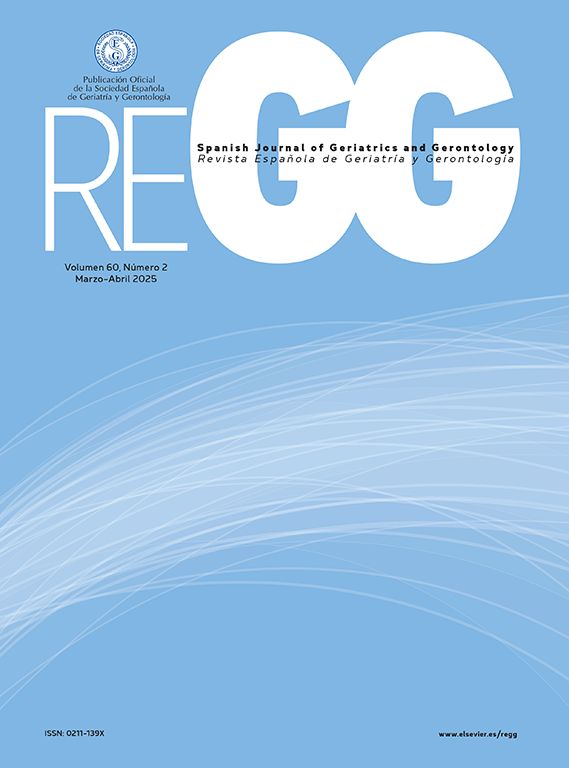: Comprobar si existen variaciones de las magnitudes analíticas estudiadas en los ancianos con la edad, el sexo y la incapacidad funcional, para tenerlos en cuenta a la hora de realizar una valoración de su estado de salud al ingreso en una residencia.
Material Y Método: Se recogieron los datos de los análisis hematológicos, bioquímicos y de orina, incluidos en el protocolo de ingreso de 194 sujetos mayores de 65 años, de los que 82 eran varones (44 asistidos) y 112 eran mujeres (91 asistidas).
Resultados: Se encontró una prevalencia de un 27,6% de diabetes y un 15,6% de dislipemias. Cabe destacar una disminución significativa en los asistidos de la hemoglobina, volumen corpuscular medio, hemoglobina corpuscular media, urato, proteínas totales, albúmina, hierro, calcio y fosfato y un aumento de la amplitud de la distribución eritrocitaria y del recuento de plaquetas. Aumentaban significativamente con la edad el recuento de leucocitos, y disminuían hemoglobina, colesterol, proteínas totales, albúmina y sideremia. Además, se encontraron en varones valores significativamente más elevados de volumen corpuscular medio y sideremia y más bajos de fosfato. La presencia de hallazgos patológicos en la orina se asoció significativamente con el sexo femenino y la condición de asistido.
Conclusiones: Las mayores alteraciones analíticas se observaron en los ancianos asistidos, revelando un déficit nutricional más o menos latente. Las determinaciones analíticas consideradas de mayor utilidad al ingreso son aquellas que sirven para detectar patologías graves y/o que se puedan tratar eficazmente: hemoglobina, albúmina, colesterol, triglicéridos, glucosa, creatinina, ferritina, TSH y sedimento urinario.
: Verify if there are variations in analytic magnitudes studied in the elderly with age, gender and functional incapacity, in order to take them into account when assessing the health condition when they enter into a nursing home.
Material and Method: The data of the blood, biochemical and urine analyses included in the protocol were gathered on admission of 194 subjects over 65 years, of whom 82 were male (44 requiring assistance) and 112 were women (91 requiring assistance).
Results: A prevalence of 27.6% diabetes and 15.6% dyslipemias was found. It should be mentioned that there was a significant decrease in those persons requiring assistance in hemoglobin, mean corpuscular volume, mean corpuscular hemoglobin, urate, total proteins, albumin, iron, calcium and phosphate and an increase the amplitude of the erythrocytic distribution and platelet count. The leukocyte count significantly increased with age and hemoglobin, cholesterol, total proteins, albumin and sideremia decreased. In addition, significantly higher values of mean corpuscular volume and sideremia and lower ones of phosphate were found in males. The presence of pathological findings in urine was significantly associated with the female gender and condition of person requiring assistance.
Conclusions: The greatest analytic alterations were observed in the elderly subjects requiring assistance, revealing a more or less late nutritional deficit. The analytic determinations considered having the greatest usefulness on admission are that that serve to detect serious diseases and/or that can be efficiently treatment: hemoglobin, albumin, cholesterol, triglycerides, glucose, creatinine, ferritin, TSH and urinary sediment.






